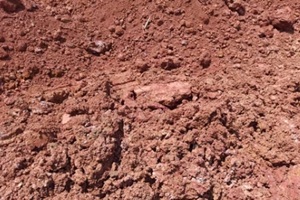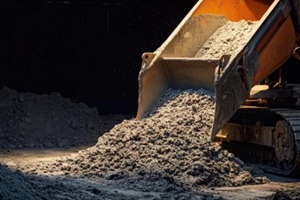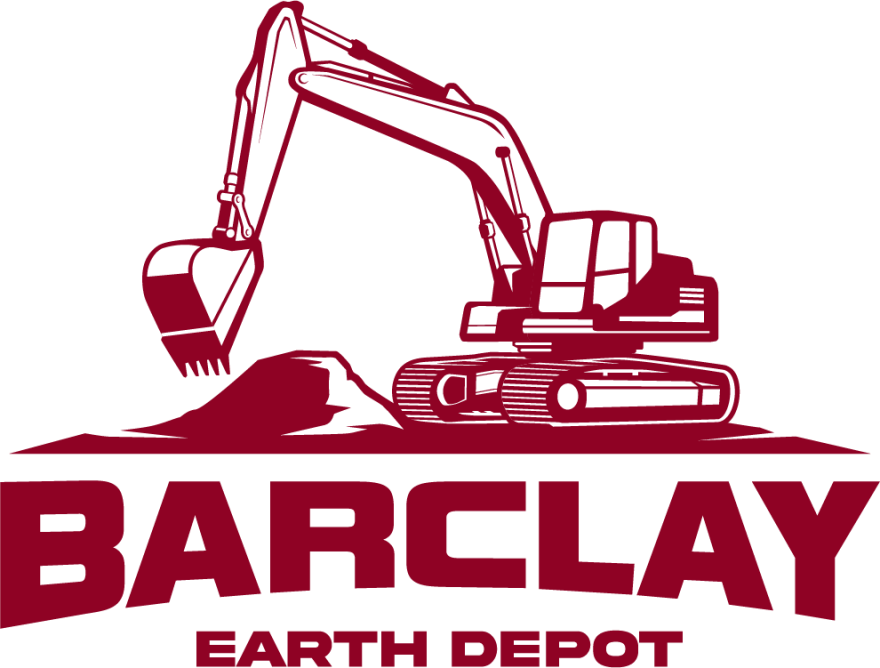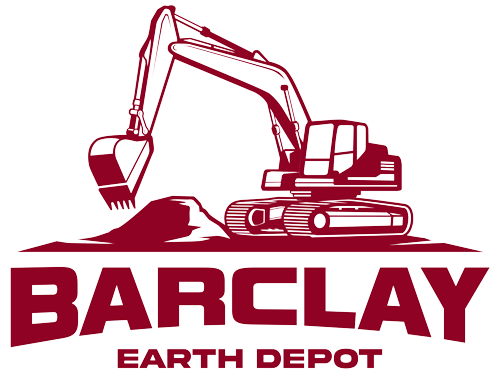 Hurricane season brings high winds, heavy rain, storm surge flooding, and the potential for significant destruction to Southwest Florida construction projects. In Punta Gorda, storm preparations require securing buildings, equipment, and materials to minimize damage when severe weather strikes.
Hurricane season brings high winds, heavy rain, storm surge flooding, and the potential for significant destruction to Southwest Florida construction projects. In Punta Gorda, storm preparations require securing buildings, equipment, and materials to minimize damage when severe weather strikes.
Strategically using fill dirt in various structural and landscaping solutions safeguards worksite integrity during turbulent weather.
Hurricane Threats to Punta Gorda Construction
Punta Gorda lies directly within Hurricane Alley, putting local projects at high risk when storms strike annually. Damage arises from:
- High Winds: Hurricane-force gusts quickly demolish cranes, scaffolding, and temporary structures. Unsecured building materials become dangerous windborne debris.
- Heavy Rains: Torrential tropical downpours flood sites, erode soil, and leak into unfinished buildings. Constant moisture destroys materials.
- Storm Surge: Massive storm surge flooding hits Charlotte Harbor’s exposed shorelines due to the extremely shallow continental shelf and lack of natural barriers.
- Post-Hurricane Issues: Lingering complications after storms pass interfere with recovery, including supply chain problems, utility disruptions, mold concerns from water infiltration, and delays getting displaced workers back on site.
Using Fill Dirt Solutions to Protect Construction Projects
You can’t control the weather, but planning and preparedness steps limit hurricane destruction at Punta Gorda construction project sites. Fill dirt is a fundamental component in numerous applications that developers utilize to safeguard worksite assets.
Bolster Foundations
A primary line of structural defense starts with making sure building foundations can withstand intense hurricane impacts. Some smart ways fill dirt helps:
- Build Up Base Around Foundations: Properly graded structural fill around the building perimeter prevents pooling against basement walls and anchors the base.
- Backfill Openings: During construction phases, temporarily backfilling window and door openings with compacted fill dirt and plywood reinforcements reduces hurricane flooding risks.
- Compact Structural Areas: Proper compaction of footer trench fills and column pads anchored below or at grade generates stabilizing friction and weight to resist storm forces trying to push foundations upwards.
Protect Retaining Walls
Free-standing retaining walls and below-grade foundations remain vulnerable to erosion and stresses from hurricane flooding. Using fill dirt strengthens these structures:
- Stabilize Wall Backfill: Compacted granular fill behind walls resists washing out, meaning no void spaces for water to push through.
- Add Drainage Components: Incorporating gravel, sand layers, French drains, or perforated pipe into retaining wall backfilling facilitates drainage to relieve hydrostatic pressure buildup from saturated soil.
- Install Headwalls: Pouring small reinforced footer and concrete headwalls at daylight wall ends caps and fortifies the entire structure. The headwall weight also reduces lifting forces.
Secure Utilities
Protecting power, drainage, water, and gas infrastructure from shifting ground and flooding prevents service disruptions that slow recovery efforts after storms.
 Embed Pipes Solidly: Any buried utility lines and culverts under the site require structural backfill of clean gravelly fill dirt tamped down in lifts to keep infrastructure where it belongs.
Embed Pipes Solidly: Any buried utility lines and culverts under the site require structural backfill of clean gravelly fill dirt tamped down in lifts to keep infrastructure where it belongs.- Build Stable Trench Ramps: Temporary access driveways across utility trenches facilitate storm preparations but need underlying fill dirt pads compacted to 95% density to handle heavy vehicle loads without failure or rutting.
Control Drainage Issues
Excess stormwater collects on construction locations with unfinished grading and drainage components. Strategic fill dirt placement safeguards work quality:
- Establish Positive Grading: Spreading and contouring fill establishes adequate slope across the site so ponding cannot occur around partially built structures during heavy rains.
- Construct Stormwater Basins: Adding fill to shape functional retention ponds and bioswales provides emergency drainage relief until final infrastructure finishes.
- Stabilize Culverts and Slopes: Pack structural fill around and over culverts, then cover with erosion-control matting to keep water flows contained.
Protect Material Stockpiles
Free-flowing sand, gravel, and other light fill construction materials become dangerous airborne projectiles driven by hurricane winds. Containing stockpiles is essential.
- Build Barrier Walls: Walling three sides around essential material piles with compacted structural fill borrowed from the site establishes an effective wind and flood buffer.
- Secure Covers: Heavy-duty anchored tarps protect stockpiles from blowing away and becoming mud-clogged in torrential rain. Use fill to weigh cover edges.
Stabilize Site Perimeter
Hurricane winds can easily dismantle temporary perimeter fencing and poorly braced entry gates, allowing trespassers and potential further property damage. Structural fill plays multiple reinforcement roles:
- Anchor Fence Posts: Backfilling around posts with tightly packed clay-based fill secures the entire barrier. Having a continuous footer below the frost line is best.
- Build Up Gate Foundations: Mini retaining walls created by stacked landscape blocks filled behind with gravel fill create a heavily reinforced base to bolt swing gates to.
- Weigh Down Temporary Fencing: Perimeter enclosures continually shift in construction zones, making it essential to rely on movable chain link panels. Use fill-filled tires or barriers to keep fencing weighted safely in high winds.
Protect Scaffolding and Formwork
Unbraced vertical access structures around buildings under construction are vulnerable when gale-force winds rip through work zones. Fill dirt lends ballast stability:
- Backfill Screw Jacks: Scaffolding relies on baseplates beneath screw jacks to evenly distribute load forces. Compacted fill underneath prevents uneven settling while adding resistance to uplift forces.
- Fill Cavity Wall Forms: Filling the hollow interior volume within exterior concrete foundation wall forms adds weight. At the same time, the fill also becomes a temporary retaining barrier before pouring.
- Brace Formwork with Berms: Perimeter-sloped berms constructed from extra available fill around vertical formwork provide supplemental stability along with channeling stormwater away.
Choose Barclay Earth Depot for Effective Worksite Fill Dirt in Punta Gorda, FL
 While no amount of fill dirt can promise complete protection, integrating the proper placement, compaction, grading, and stability applications significantly minimizes hurricane damage to construction sites.
While no amount of fill dirt can promise complete protection, integrating the proper placement, compaction, grading, and stability applications significantly minimizes hurricane damage to construction sites.
Don’t wait until a hurricane warning to consider securing your Punta Gorda project site. Barclay Earth Depot is here to help you develop a site-specific storm preparation plan using fill dirt. We know which of our fill blends provides the best performance for your upcoming weather protection needs, keeping your builders on schedule through whatever hurricane season dishes out. Contact us today at (941) WE-DIG-IT or online to learn more.

